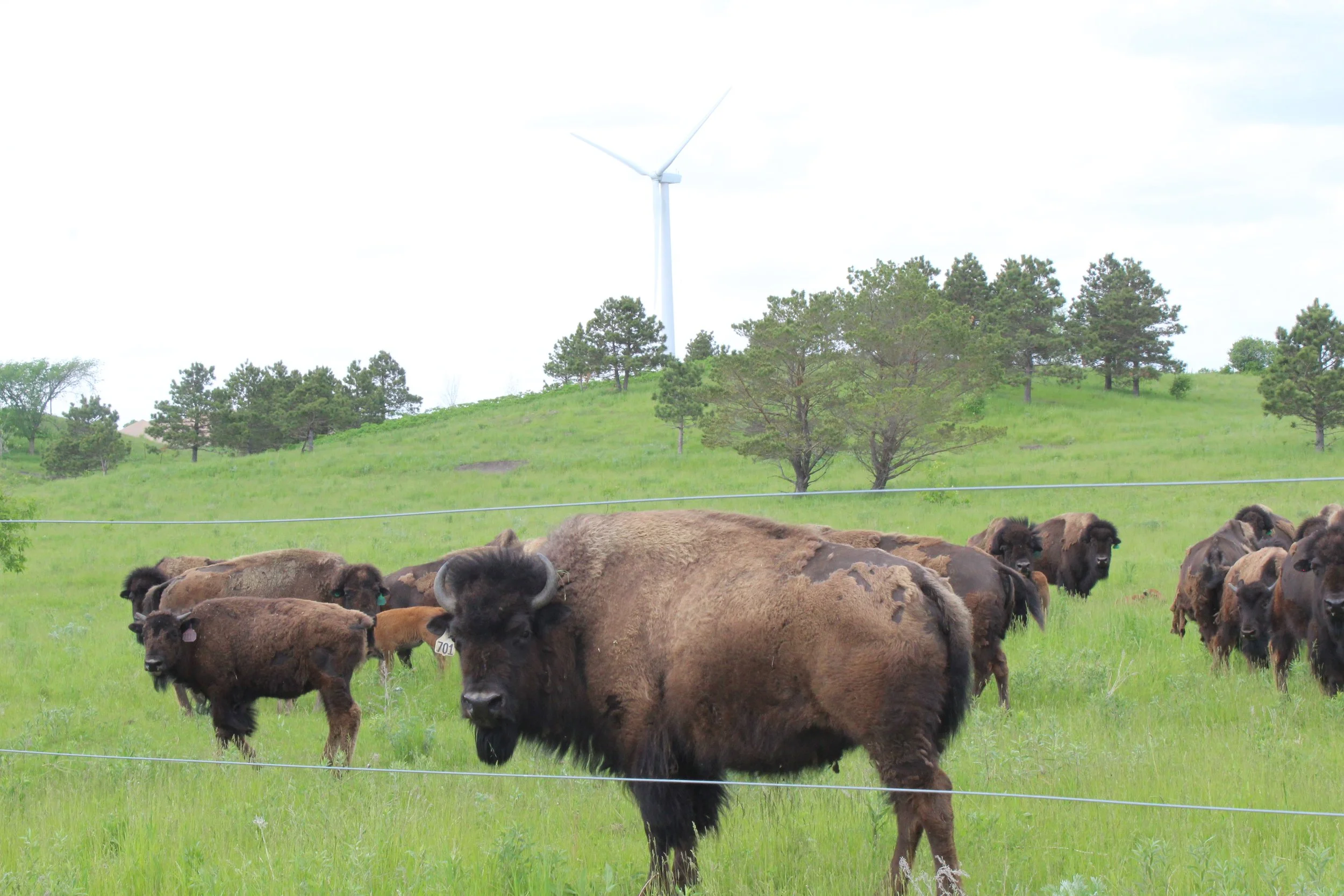Larry's Hydro Lettuce is North Dakota hit
Larry Schumacher grows lettuce year-round - in the snow, in the rain, when it’s hot and when it’s cold.
How does the Fullerton, ND grower do it?
Pictured with Larry Schumacher is Noreen Hankel. Noreen and her sister, Lori Dawkins, are my friends who joined me for a tour of Larry’s hydroponic lettuce operation. Noreen and Lori both attended high school with Larry.
He raises the lettuce hydroponically.
While soil is a medium to grow most things, Schumacher uses nutrient dense water.
To quote Larry’s hydrolettuce.com website, “Hydroponically grown produce does not use soil, is water efficient and is a great way to produce fresh and great tasting lettuce. It is our goal to provide safe, top quality and long lasting lettuce.”
His idea was met with skepticism
His idea for year-round production was met with skepticism, at first. Some called him crazy. Raising anything year-round is a stretch in a strong crop production region where seasonal corn and soybean rotation reign.
“From the beginning, I was told no,” he said. “‘Larry, you live in North Dakota. We have winters. It can’t be done.’”
That didn’t stop Schumacher from searching out his idea.
A passion for growing produce
It all starts with his interest and passion for growing things particularly garden produce. His mom tended a large garden on the family’s farm. He recalls how she would trick him into harvesting some of the produce.
“I was the one out of five kids who got the green thumb,” he explains. “Bu mom had a game or challenge where she would come in the house with some of the cucumbers and say she had picked quite a few. Well, I had to out-do her number and I would go out back and pick an ice cream bucket full. I realized later that she had tricked me into harvesting what was ready.”
After he finished high school, he farmed and then came the 1980s.
“Everyone knows how the 1980s were,” he adds.
It was the farm economic crisis that led to a large number of farmers selling their operations.
Getting the ball rolling
Schumacher went from farming for himself to working for other area farmers. That’s when he got the idea for year-round garden production. He brought the idea to one extension agent who sent him to another who sent him to North Dakota State University. While NDSU has a large crop research division, it also researches hydroponics.
His visit to NDSU “got the ball rolling,” he says. Schumacher describes it as a circle that never stops due to the number of resources he’s been able to access. As he puts it, one person knows another person who knows another. He has a wealth of sources to get his questions answered.
Schumacher began developing his plans in 2016 and discovered a number of grants available to make the dream a reality.
He had been working for a hog farmer and had a feeder pig barn on his farm site. That barn was remodeled with new floors, insulation and new walls that would allow him to disinfect a room between production periods.
The remodeling included lighting. They installed 107 lights, but those lights resulted in an exceptionally high energy bill, he said. Schumacher worked on an energy grant to replace it with LED lights. The system offers good growing for plants and reduced energy usage.
NDSU tested his farm’s water, which is on the Rural Water System, and discovered it had 13 to 14 percent chlorine - too much for growing plants especially in a hydroponic setting. He installed a reverse osmosis system which takes the chlorine out.
The system for plant production is unique. All plants are started in wool-spun insulation. It takes them around five to seven days to emerge. At that point the plants are taken to the next room where each “plug” of a plant is placed in the hydroponic water.
That planting system looks like chicken waterers. One trough is the base where the water is piped in for a continuous water flow. A cover is placed over that trough with little squares cut out where the plant “plugs” are placed.
While the planting may sound simple, there are some things to keep in mind, he added Some people were helping him transplant and he discovered, after a day or so that some of the plants had died because the plugs hadn’t been placed far enough in the squares to be able to access the water.
Put your finger in one of the holes and you will be surprised at the coolness of the water, he said. The plants like it cool as far as the water is concerned, but he maintains an 80 degree temp within the building. IT takes around 35 to 45 days for the plants to grow.
He has to be on the ball when it comes to harvesting, he added. He carves the Romaine lettuce at 1 to 1.5 pounds, he said.
One room contains the tanks and monitoring system for the operation. The larger tank holds the water which goes through the reverse osmosis system. It is connected to another tank that holds the liquid nutrients. The monitoring system releases the nutrients into the water which is circulated through the troughs and then returns to the large tank. When more water is needed in the tank, as the water evaporates and is used by the plants, Larry merely fills the tank.
He has two rooms designated for hydroponics production. When one is harvested, he removes the troughs which are cleaned and disinfected and he washes down the room.
There is constant activity between starting plants, planting, harvesting and packaging the lettuces.
He grows Russian Kale, Bok Choy,and Romaine lettuce. In a greenhouse on his property, Schumacher also grows more lettuce, tomatoes and cucumbers.
Currently he is shipping lettuce to North Dakota, South Dakota, Montana and Minnesota. He is excited about the growing popularity for his hydro lettuce. It is used in several local restaurants around Fullerton and Oakes, ND and in grocery stores.
Schumacher harvests around 3,000 to 5,000 pounds of lettuce a year. And he’s interested in expanding his production to vertical growth for more produce including vine vegetables.
For more information, contact Larry at 701.680.2472.










